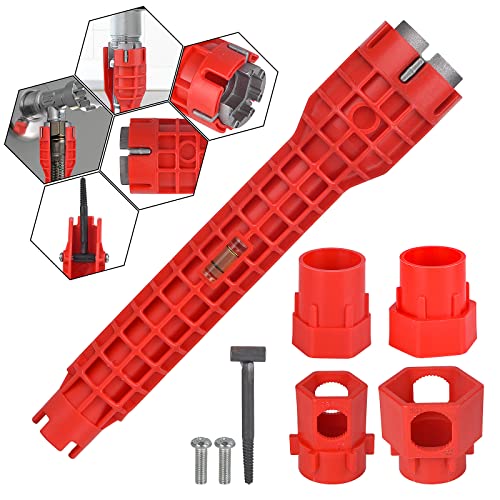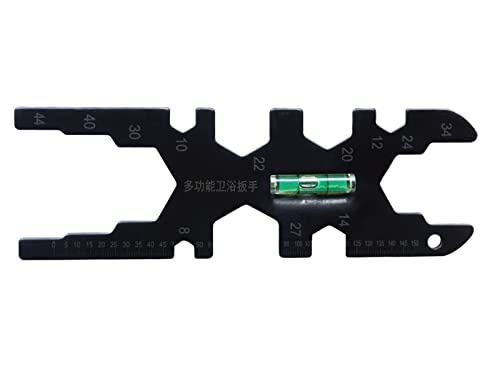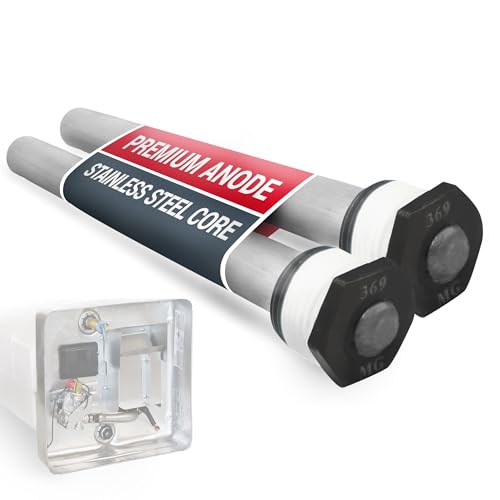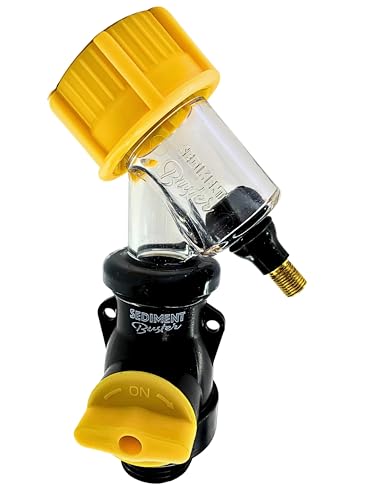Here is what I have figured out so far:
This is going to be a multi-year project and probably push the start back to next year. Right now I have lots of time for planning, but little to do the work. (ie, I sit at my job 12 hrs a day 6 days a week and only have to do work for about half of it.)
I am going to build a greenhouse about 10x14 for the wife with a heat cement floor. One corner of this building will be my "water closet". The water closet will have a back-up heat source.
Well; run 2" poly from the well 125' feet to the greenhouse. I haven't yet investigated what the max gpm I can get from a 3" submersible pump or my well.
All lines will come from the greenhouse to the various buildings.
Home; run 2" poly 100' to my house. When we built the home, it might require 25 gpm max. Right now we have a mobile home.
Rental house; run 2" poly from greenhouse 300' to the rental house. This home has a 15 gpm max.
Detached garage w/ possible mother-in-law apartment, run 1.5" poly 200' will have 15 gpm max. It isn't ever going to have more gpm and is probably limited to less by the existing plumbing.
The future hose barn; run 1.5" poly 200' will have a 8 gpm max.
The plumbing inside the "water closet" will have fittings and piping for 100 gpm, even if the well will not.
I got my GPM using this calculator:
Fixture Count-Gallons or Liters Per Minute Calculator Calculate flow rate from number of fixtures
Cody




















































